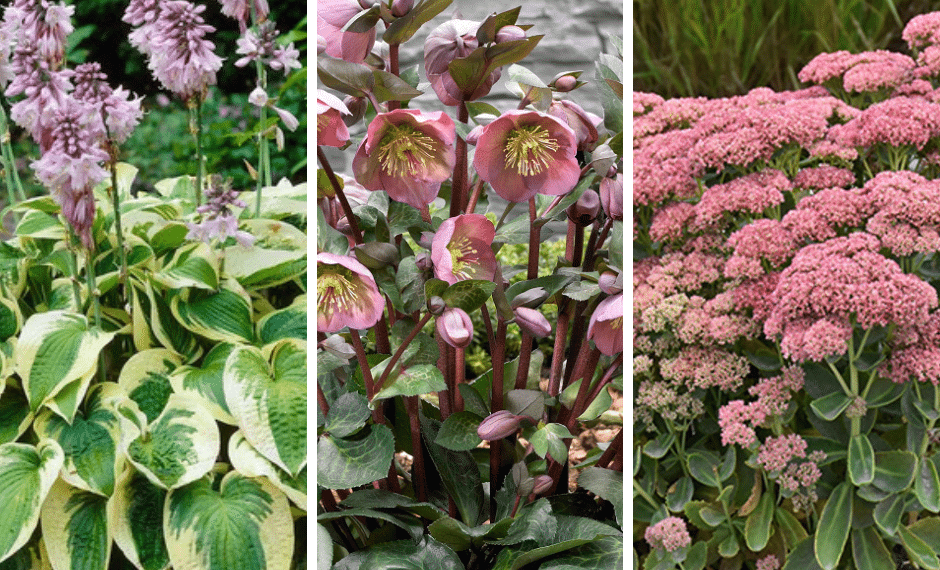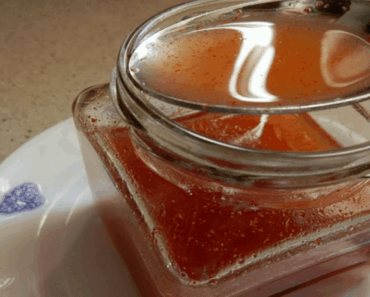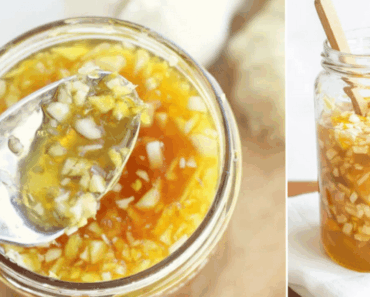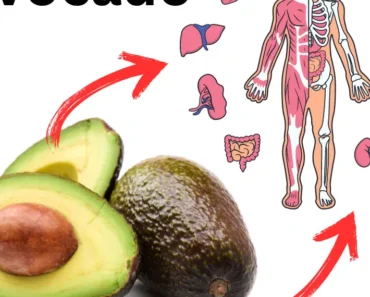If you’re dreaming of a garden that flourishes year after year with less effort and more reward, perennial plants are your best bet.
Unlike annuals, which must be replanted each season, perennials return on their own, bringing back their beauty, color, and character without a trip to the nursery.
Whether you’re working with full sun, part shade, dry slopes, or moist woodland corners, there’s a perennial plant perfectly suited to your space.
This detailed guide features 25 of the best perennials for various garden conditions. Once established, these hardy plants thrive with minimal maintenance – saving you both time and money while filling your landscape with consistent seasonal beauty.
What Are Perennials?
Perennials are plants that live for more than two years. Unlike annuals that complete their life cycle in one growing season or biennials that take two years, perennials go dormant during the colder months and return from their roots when the weather warms.
This means that with proper planting and care, you can enjoy a vibrant, blooming garden with far less effort in the long run.
There are two main types of perennials:
- Herbaceous perennials, which die back to the ground each winter and regrow in spring.
- Woody perennials, such as shrubs and small trees, which retain their structure all year round.
The Top 25 Perennials That Return Year After Year
1. Hosta (Hosta spp.)
Hostas are essential for shady gardens. Their large, rippled leaves can range from deep green to blue-gray to gold, often with variegated edges.
These foliage-focused plants bring texture and depth to garden beds and borders. While typically grown for their leaves, hostas bloom in midsummer with tall spikes of lavender or white flowers.
Ideal conditions: Partial to full shade, moist, well-drained soil.
Mature size: 1 to 3 feet tall and wide, depending on the variety.
Notable varieties: ‘Sum and Substance’, ‘Patriot’, ‘Blue Angel’
2. Daylilies (Hemerocallis spp.)
Daylilies are among the toughest and most versatile perennials. Each flower lasts only a day, but mature plants can produce hundreds of blooms throughout summer.
Their long, arching leaves resemble ornamental grasses, and they come in virtually every color except true blue.
Ideal conditions: Full sun, well-drained soil.
Mature size: 1 to 4 feet tall, depending on the cultivar.
Notable varieties: ‘Stella de Oro’, ‘Happy Returns’, ‘Purple D’oro’
3. Peony (Paeonia spp.)
Peonies are long-lived perennials that can thrive for over 50 years when undisturbed. Their enormous blooms appear in late spring and early summer in shades of white, pink, red, and yellow.
Their lush foliage also provides a lovely backdrop for summer gardens.
Ideal conditions: Full sun, fertile, well-drained soil.
Mature size: 2 to 4 feet tall and wide.
Notable varieties: ‘Sarah Bernhardt’, ‘Bowl of Beauty’, ‘Karl Rosenfield’
4. Coneflower (Echinacea spp.)
Coneflowers are native prairie perennials known for their resilience and pollinator-friendly flowers.
Their prominent centers are surrounded by daisy-like petals that may be purple, white, orange, or pink. They’re great for both formal and wild gardens.
Ideal conditions: Full sun, well-drained soil.
Mature size: 2 to 5 feet tall.
Notable varieties: ‘Magnus’, ‘White Swan’, ‘Green Twister’
5. Black-Eyed Susan (Rudbeckia hirta)
This cheerful perennial lights up the garden with golden-yellow flowers and dark brown centers. Black-eyed Susans are low-maintenance, long-blooming, and an excellent choice for late-summer color.
Ideal conditions: Full sun, drought-tolerant.
Mature size: 2 to 3 feet tall.
Notable varieties: ‘Goldsturm’, ‘Indian Summer’
6. Sedum (Sedum spp.)
Sedums are succulent perennials that thrive in hot, dry conditions. With thick, fleshy leaves and star-shaped flowers that bloom in late summer, they provide structure and interest long into fall.
Ideal conditions: Full sun, poor or rocky soil.
Mature size: 6 inches to 2 feet tall.
Notable varieties: ‘Autumn Joy’, ‘Dragon’s Blood’, ‘Matrona’
7. Bee Balm (Monarda spp.)
Bee balm is a vibrant, fragrant perennial with spiky, tufted flowers in shades of red, pink, purple, and white. Its aromatic foliage is reminiscent of oregano or mint, and it supports pollinators and hummingbirds.
Ideal conditions: Full sun to partial shade, moist soil.
Mature size: 2 to 4 feet tall.
Notable varieties: ‘Jacob Cline’, ‘Raspberry Wine’, ‘Pardon My Purple’
8. Lupine (Lupinus spp.)
Lupines feature dramatic vertical flower spikes and palmate foliage. Their pea-like blooms are nitrogen fixers, improving soil fertility. Their stately form makes them ideal for back-of-the-border planting.
Ideal conditions: Full sun, cool climates, sandy soil.
Mature size: 2 to 4 feet tall.
Notable varieties: ‘Russell Hybrids’, ‘Gallery Blue’
9. Russian Sage (Perovskia atriplicifolia)
This aromatic perennial has silvery foliage and long-lasting violet-blue blooms that persist into fall. It forms a shrubby clump and brings an airy quality to gardens.
Ideal conditions: Full sun, dry conditions.
Mature size: 3 to 5 feet tall.
Notable varieties: ‘Little Spire’, ‘Blue Steel’
10. Coreopsis (Coreopsis spp.)
Coreopsis, or tickseed, offers a continual show of bright, daisy-like blooms from early summer to frost. It thrives in poor soils and makes excellent cut flowers.
Ideal conditions: Full sun, well-drained soil.
Mature size: 1 to 3 feet tall.
Notable varieties: ‘Moonbeam’, ‘Early Sunrise’, ‘Zagreb’
11. Shasta Daisy (Leucanthemum x superbum)
With clean white petals and golden centers, Shasta daisies brighten up garden borders and make wonderful fresh-cut bouquets. Their strong stems keep them upright without staking.
Ideal conditions: Full sun, well-drained soil.
Mature size: 2 to 3 feet tall.
Notable varieties: ‘Becky’, ‘Snowcap’, ‘Alaska’
12. Astilbe (Astilbe spp.)
Astilbes produce plumes of flowers in pink, red, lavender, or white above fern-like foliage. They’re excellent for adding texture and color to moist, shaded areas.
Ideal conditions: Partial to full shade, moist soil.
Mature size: 1 to 4 feet tall, depending on variety.
Notable varieties: ‘Fanal’, ‘Bridal Veil’, ‘Vision in Pink’
13. Japanese Anemone (Anemone hupehensis)
These late-season bloomers feature delicate, cup-shaped flowers in pink or white. They bloom from August into October, bridging the gap between summer and fall.
Ideal conditions: Partial shade, moist, well-drained soil.
Mature size: 2 to 4 feet tall.
Notable varieties: ‘September Charm’, ‘Honorine Jobert’
14. Heuchera (Heuchera spp.)
Heucheras, or coral bells, are grown for their vibrant, ornamental foliage, which comes in shades of purple, silver, red, green, and caramel. Small flowers emerge on slender stalks.
Ideal conditions: Partial shade, well-drained soil.
Mature size: 8 to 18 inches tall.
Notable varieties: ‘Palace Purple’, ‘Caramel’, ‘Lime Rickey’
15. Bleeding Heart (Dicentra spectabilis)
With arching stems and pendulous heart-shaped flowers, bleeding hearts are a romantic and classic shade garden staple. They bloom in spring and go dormant in summer.
Ideal conditions: Partial to full shade, moist soil.
Mature size: 2 to 3 feet tall.
Notable varieties: ‘Gold Heart’, ‘Alba’
16. Yarrow (Achillea millefolium)
Yarrow is a hardy, drought-resistant plant with clusters of small flowers atop ferny foliage. It thrives in tough conditions and attracts beneficial insects.
Ideal conditions: Full sun, well-drained, poor soil.
Mature size: 1 to 3 feet tall.
Notable varieties: ‘Paprika’, ‘Moonshine’, ‘Red Velvet’
17. Iris (Iris germanica)
Bearded irises offer stunning ruffled blooms in spring and early summer. Their thick rhizomes store energy through winter. They’re a must-have for classic gardens.
Ideal conditions: Full sun, well-drained soil.
Mature size: 2 to 3 feet tall.
Notable varieties: ‘Beverly Sills’, ‘Immortality’, ‘Superstition’
18. Phlox (Phlox paniculata)
Garden phlox provides mid-to-late-summer blooms in tall clusters. The flowers are fragrant and attract butterflies.
Ideal conditions: Full sun, moist, well-drained soil.
Mature size: 2 to 4 feet tall.
Notable varieties: ‘David’, ‘Bright Eyes’, ‘Nicky’
19. Columbine (Aquilegia spp.)
Columbines have nodding, spurred flowers in pastel and jewel tones that bloom in spring. Their delicate foliage adds texture even after flowering.
Ideal conditions: Partial shade, well-drained soil.
Mature size: 1 to 3 feet tall.
Notable varieties: ‘McKana Giants’, ‘Songbird Series’
20. Lungwort (Pulmonaria spp.)
This early-spring bloomer has speckled or silvered foliage and produces clusters of pink and blue flowers that often change color.
Ideal conditions: Full to partial shade, moist soil.
Mature size: 12 to 18 inches tall.
Notable varieties: ‘Raspberry Splash’, ‘Diana Clare’
21. Hellebore (Helleborus spp.)
Hellebores bloom in late winter or early spring and are among the few perennials that flower when snow is still on the ground. Their leathery foliage is evergreen.
Ideal conditions: Partial shade, rich soil.
Mature size: 12 to 24 inches tall.
Notable varieties: ‘Ivory Prince’, ‘Winter Jewel Series’
22. Creeping Jenny (Lysimachia nummularia)
A vibrant, fast-spreading ground cover with small golden leaves and yellow flowers. It forms a dense mat ideal for container spills and damp borders.
Ideal conditions: Sun to part shade, moist soil.
Mature size: 2 to 4 inches tall.
Notable varieties: ‘Aurea’
23. Salvia (Salvia nemorosa)
Salvia produces upright spikes of purple, pink, or blue flowers. It’s a drought-tolerant, pollinator magnet with a long blooming season.
Ideal conditions: Full sun, well-drained soil.
Mature size: 1 to 3 feet tall.
Notable varieties: ‘May Night’, ‘Caradonna’, ‘Rose Marvel’
24. Goat’s Beard (Aruncus dioicus)
Goat’s beard resembles a giant astilbe, with frothy white plumes and finely divided foliage. It brings height and elegance to shade gardens.
Ideal conditions: Partial shade, moist soil.
Mature size: 3 to 6 feet tall.
Notable varieties: ‘Kneiffii’, ‘Misty Lace’
25. Baptisia (Baptisia australis)
False indigo is a prairie native with spikes of blue flowers and attractive seed pods. It’s deep-rooted and long-lived.
Ideal conditions: Full sun, well-drained soil.
Mature size: 3 to 4 feet tall.
Notable varieties: ‘Blueberry Sundae’, ‘Lemon Meringue’
By selecting a thoughtful mix of perennials that suit your soil, sun exposure, and moisture levels, you can create a vibrant, ever-evolving garden that gets better each year.
From the colorful spikes of lupine to the whimsical charm of columbine, these perennials will ensure your garden remains full of life and color- without the constant effort of replanting.







